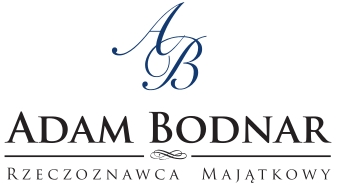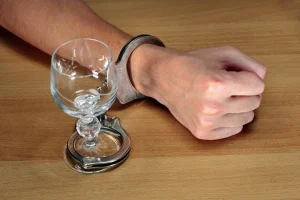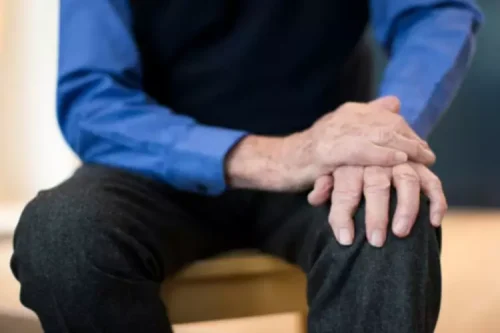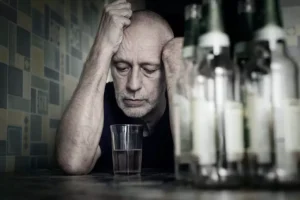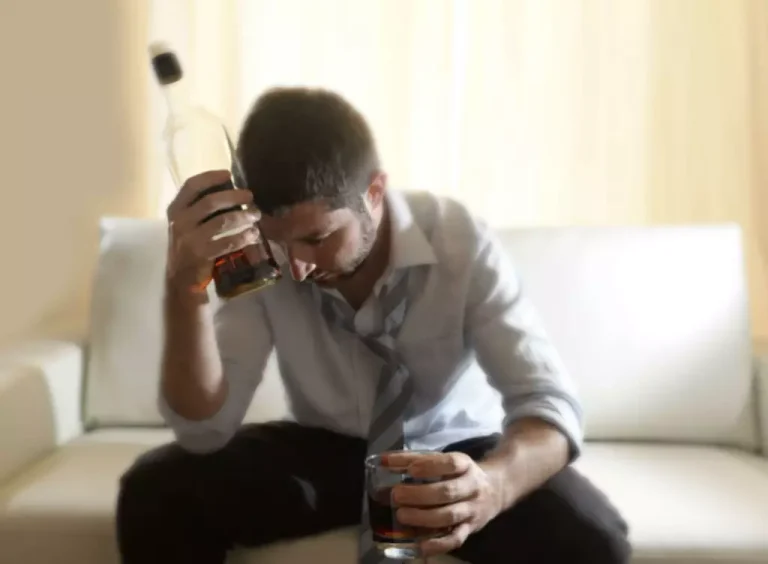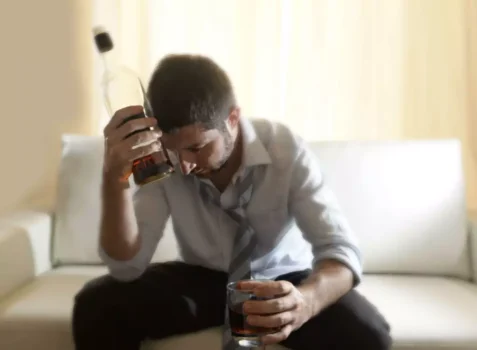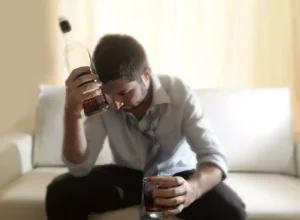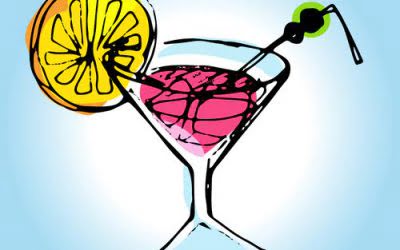However, the pressure of keeping up with rent and a life of drugs and “partying” ultimately led to bouts of homelessness and a positive HIV diagnosis in 2014. Some beds are reserved for emergency housing, however, the majority are dedicated to men who are rebuilding their lives through CaringWorks’ residential treatment and transitional housing programs. But talk to those people today, and they’ll tell you how their children have not just succeeded, but blossomed. Pride Month is celebrated every June as a tribute to those who were involved in the Stonewall Riots. Pride Month isa month-long celebration that recognizes the LGBTQ+ community and their contributions to society.
One-of-a-kind Support
The New Life House offers person centered, trauma informed evidenced based New Life House Review treatment for women with substance use and mental health disorders. During their stay at The New Life House, residents participate in individual and group counseling and 12 Step programs. We offer treatment that transitions from inpatient to intensive outpatient to aftercare over a nine to twelve month period. Treatment includes family education, medication management, peer support services, assistance with transitional housing, and recovery-oriented social and recreational activities.
- It is a time to acknowledge the challenges faced by this community and to stand in solidarity with their fight for equality, acceptance, and human rights.
- Treatment includes family education, medication management, peer support services, assistance with transitional housing, and recovery-oriented social and recreational activities.
- Our CARF-accredited residential treatment program offers men over the age of 18 a safe and structured environment and the foundational skills to establish a new design for living.
- New Life House’s mission is to break the cycle of domestic violence by providing safe refuge and supportive services that educate and empower those impacted by domestic violence.
- Initially, many parents and family members of the over 120 people New Life House supports were, too.
New Life House Fundraising Events
She was a counselor to the teens who wanted to attend college, helping them identify loans, fill out applications, and proof their writing samples. New Life House is honored to bear the name of a compassionate, kind social worker who began her life in Fredericksburg. Executive Director Neil Campbell from the Georgia Council on Substance Abuse shares her perspective on CaringWorks programs. After a stroke in June and a relapse in August of that year, he came back to New Life House.
By getting involved in the Junior Ambassador program you can help end the cycle of homelessness. We are in need of food, paper products, cleaning supplies, medicines, and gift cards. Loisann’s New Life House greatly appreciates the items you choose to donate from our wish list.
Helping Homeless Children and Families
We are grateful for the continued support of the community and for the ongoing contributions of our friends and supporters. New Life House Foundation, a 501(c)3 organization, provides services to adults with developmental disabilities exclusively in their own homes or apartments — regardless of how complex their disabilities may be. New Life House is dedicated to making sure every individual affected by domestic violence can find refuge and freedom. For more than two decades, Loisann was employed by Upward Bound, a government program that helps poor and minority students pursue a college experience.
New Life House’s Mission is to break the cycle of domestic violence by providing safe refuge and supportive services that educate and empower those impacted by domestic violence. New Life House will advocate social change that protects and engenders a person’s right to live a life free of abuse. New Life House’s mission is to break the cycle of domestic violence by providing safe refuge and supportive services that educate and empower those impacted by domestic violence.
Trace this period of high immigration and political change through the stories of the Rogarshevsky and the Baldizzi families. Through comprehensive services, New Life House provides survivors with the resources needed to get to safety. On this tour, learn about the architects, artists and everyday people who influenced the design and use of the neighborhood’s buildings and shaped the streetscape of you see today.
They learn new skills, develop reliable sources of income, and create a healthy social network to support their future dreams. Services are targeted to address the needs of individuals with co-occurring disorders such as post-traumatic stress disorder (PTSD), deaf or hard of hearing, HIV/AIDS, and mental illness. Loisann Silver Chacon was blessed with an extraordinary ability to connect with people. This gift served her well throughout her too-brief life, not only in her relationships with family and friends, but also in her career as a social worker.
Domestic violence can happen to anyone, no matter their gender, age, race, ethnicity, religion, or sexuality. New Life House advocates for survivors, no matter where they are in their journey. New Life House strives to Advocate, Educate, and Empower survivors of domestic violence. With your help, we can build a brighter future for those impacted by abuse. In the early 1900s, conditions in tenements and factories inspired critical debates about life in cities.
